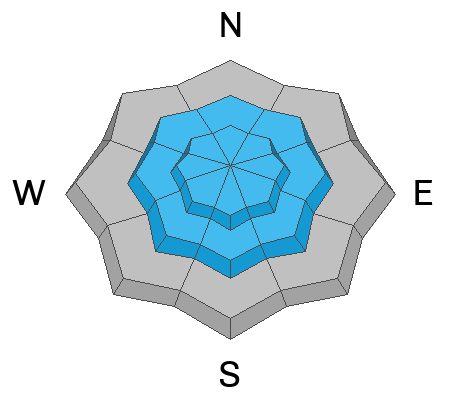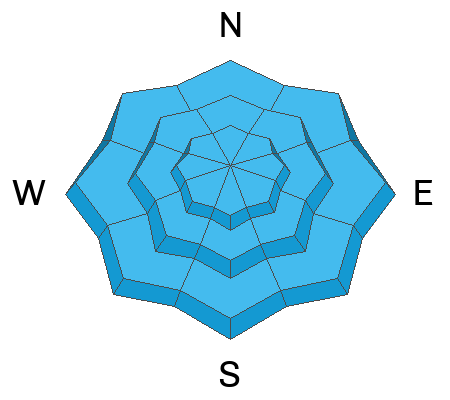We are in the process of finalizing a report about the
March 9th avalanche fatality in the Uintas. Thank you for your patience, and we will publish the final report in coming days.
Thank you to everyone who donated to our Spring Campaign. We appreciate your support and look forward to creating new tools to help you stay safe in the backcountry.
This morning, under overcast skies trailhead temperatures are in the mid-20' ˚F and the highest weather stations are in the teens ˚F. Winds are blowing from the southeast at the trailheads and west-southwest 25 gusting to 40MPH at the highest ridgelines. Overnight 3-4" of new snow fell. Storm totals range from 17-27" of snow with 1.5-3" of
water weight. This storm has been a continued event and the size of the avalanches has only creeped up as the days have gone on. I would imagine that today's avalanches will be slightly bigger than yesterdays.
For today, we are looking at overcast skies with 8-12" of new snow forecasted. Temperatures will be 17-21 ˚F with winds blowing west-northwest 25 gusting to 40 MPH. Look for increasing winds and decreasing temperatures throughout the day as the storm makes its way across Northern Utah. There is a chance of lightning this afternoon.
The catch for today's snowfall rates is based on
Lake Effect. The relatively warm surface (36-39 ˚F) of the Great Salt Lake and the cold air of the incoming storm can enhance snowfall as the warm air rises off the lake surface. Wind direction will control which way the fire hose gets pointed. I like to check the highest
ridgeline winds and the
Salt Lake City NWS radar to see how things are looking.
Our partners at the National Weather Service have issued a
Winter Storm Warning in effect until noon on Saturday March 25.
Yesterday we had 6 reported backcountry rider triggered
avalanches within the new and wind-drifted snow.
Find all the recent observations
HERE.










